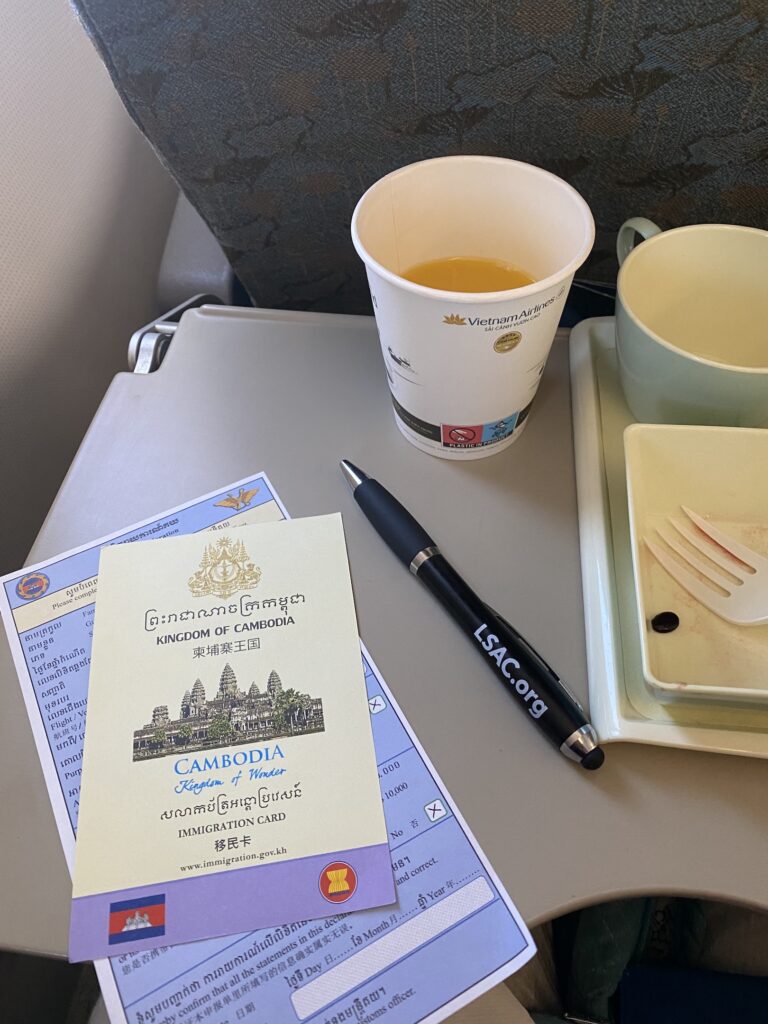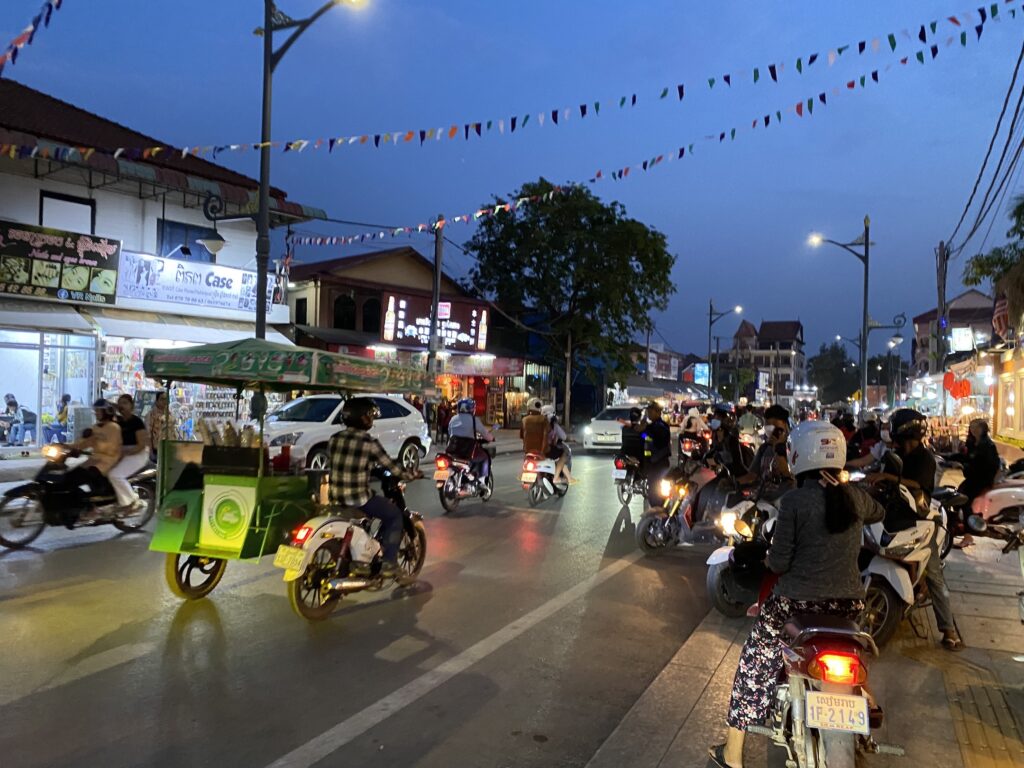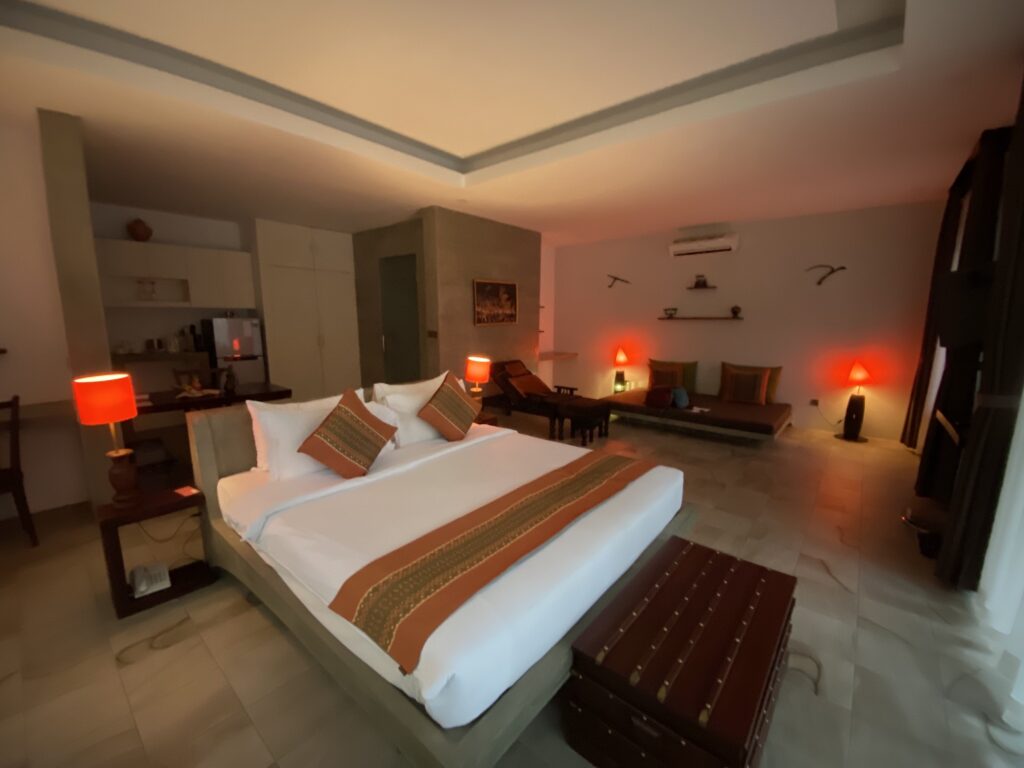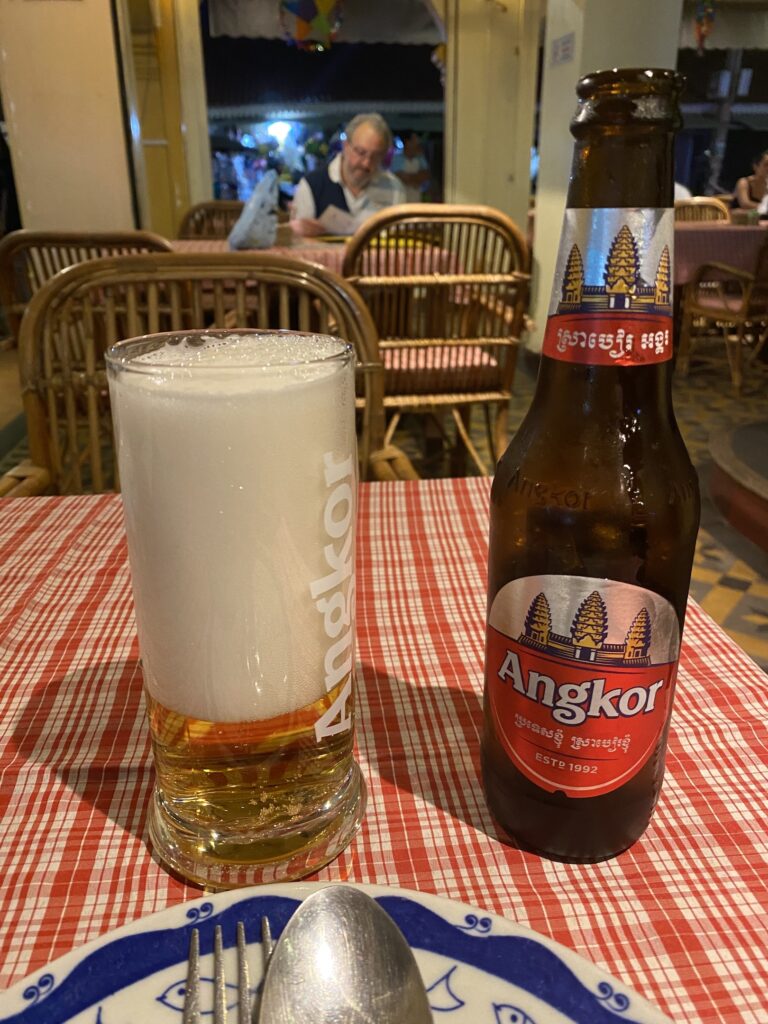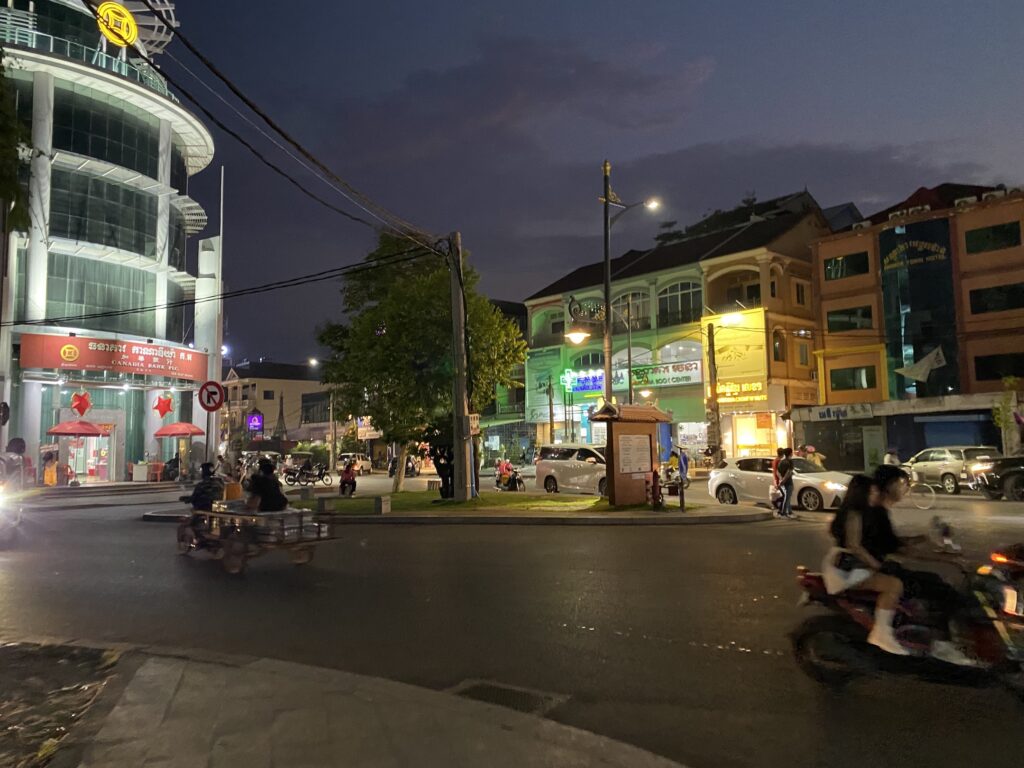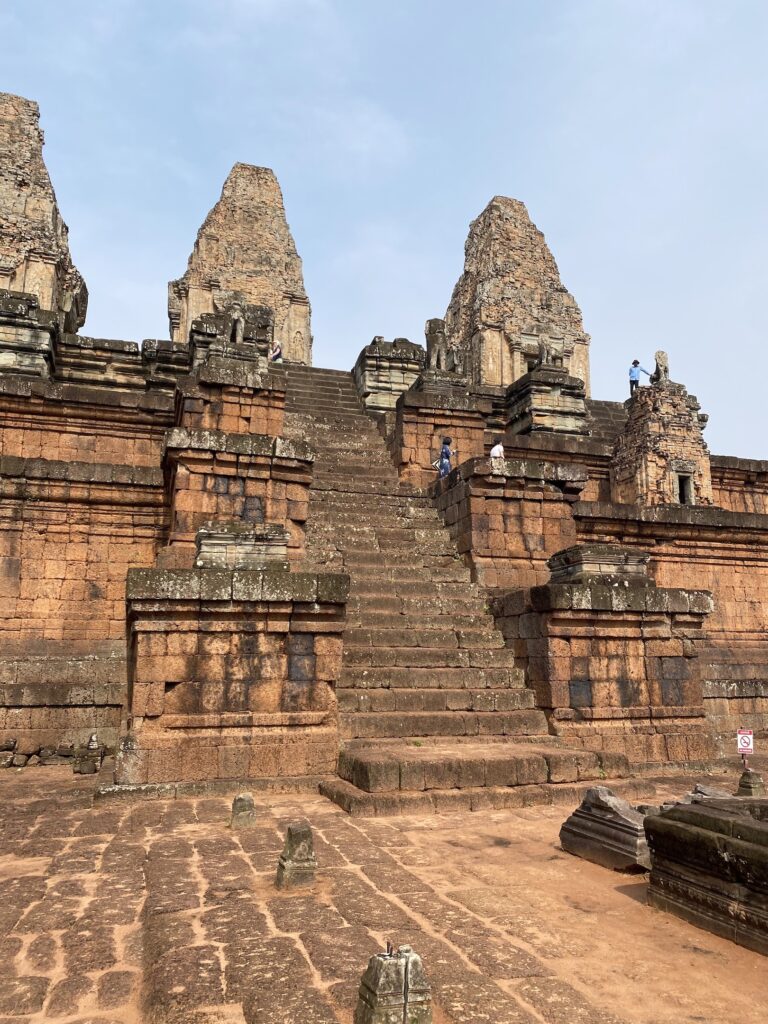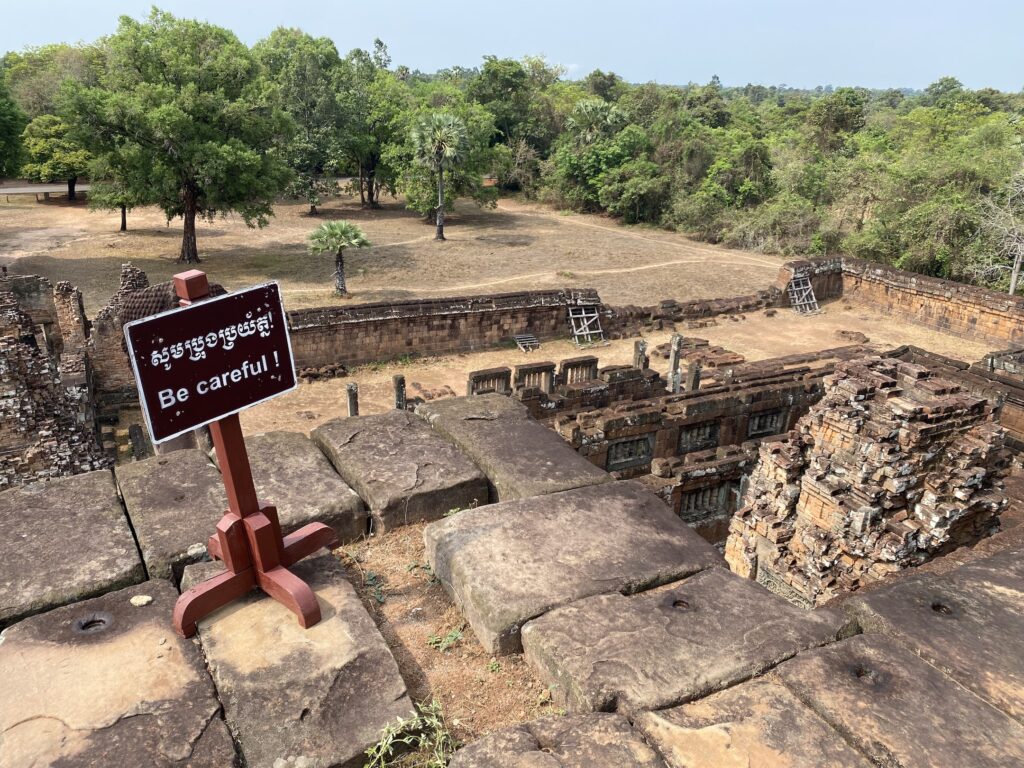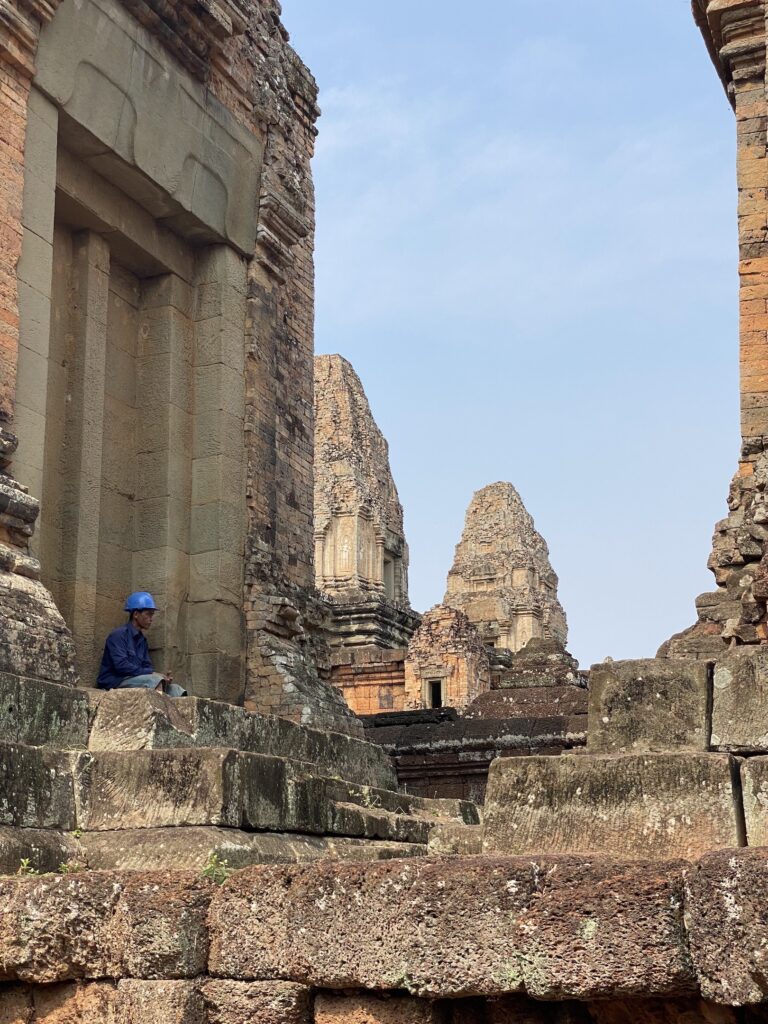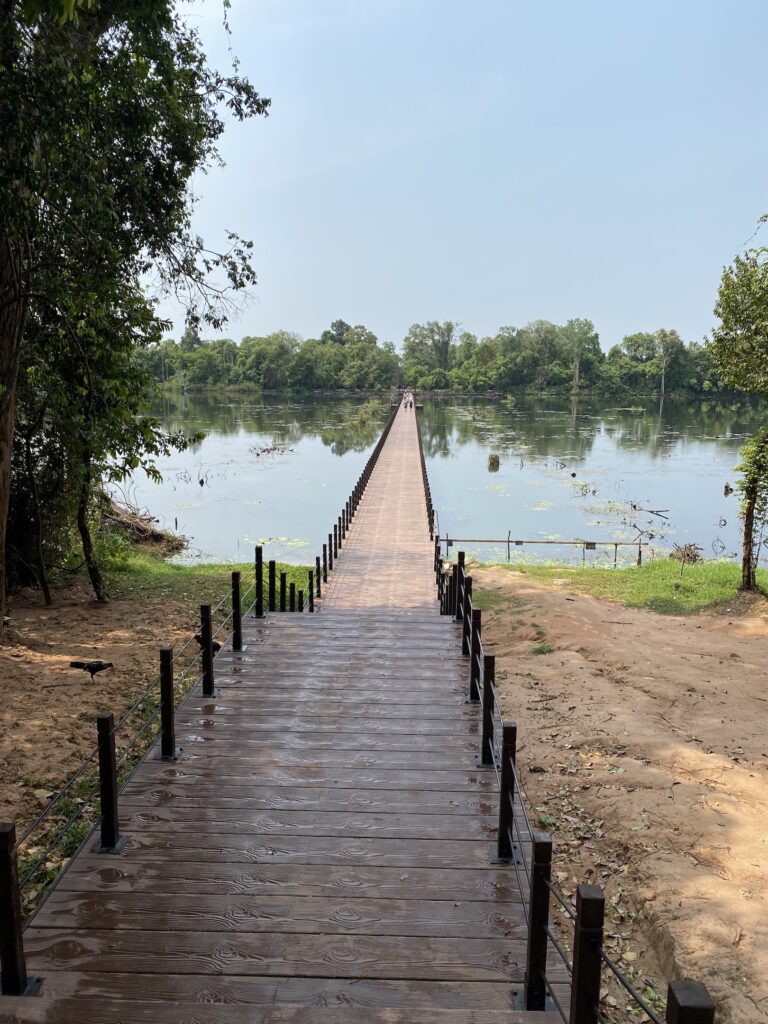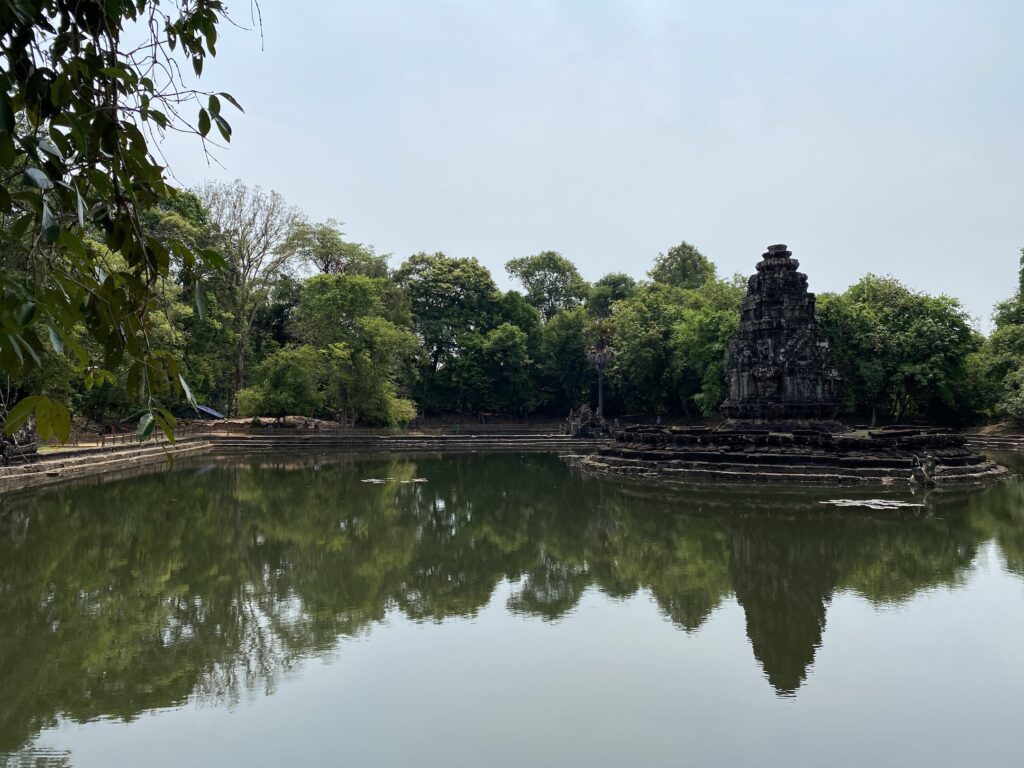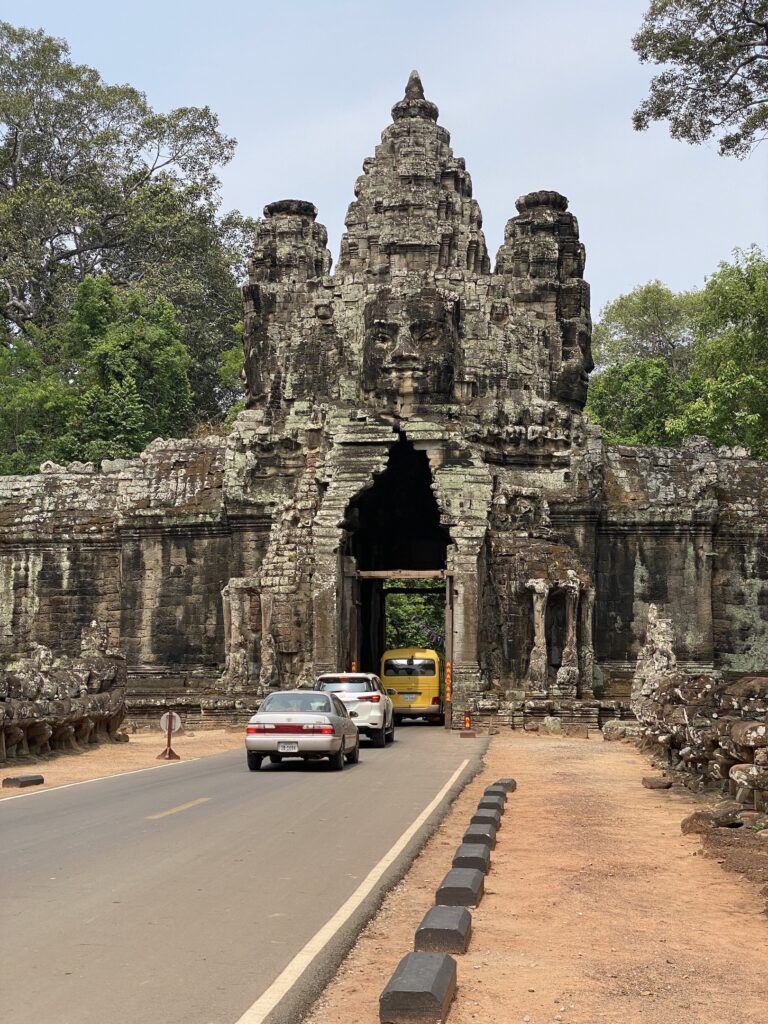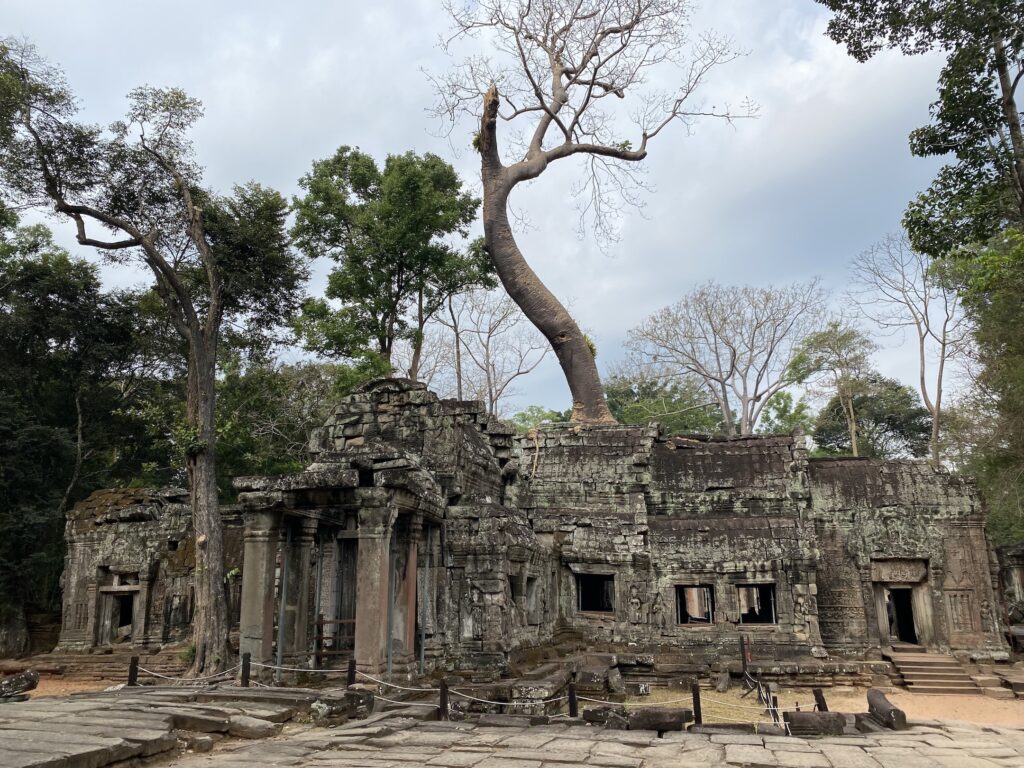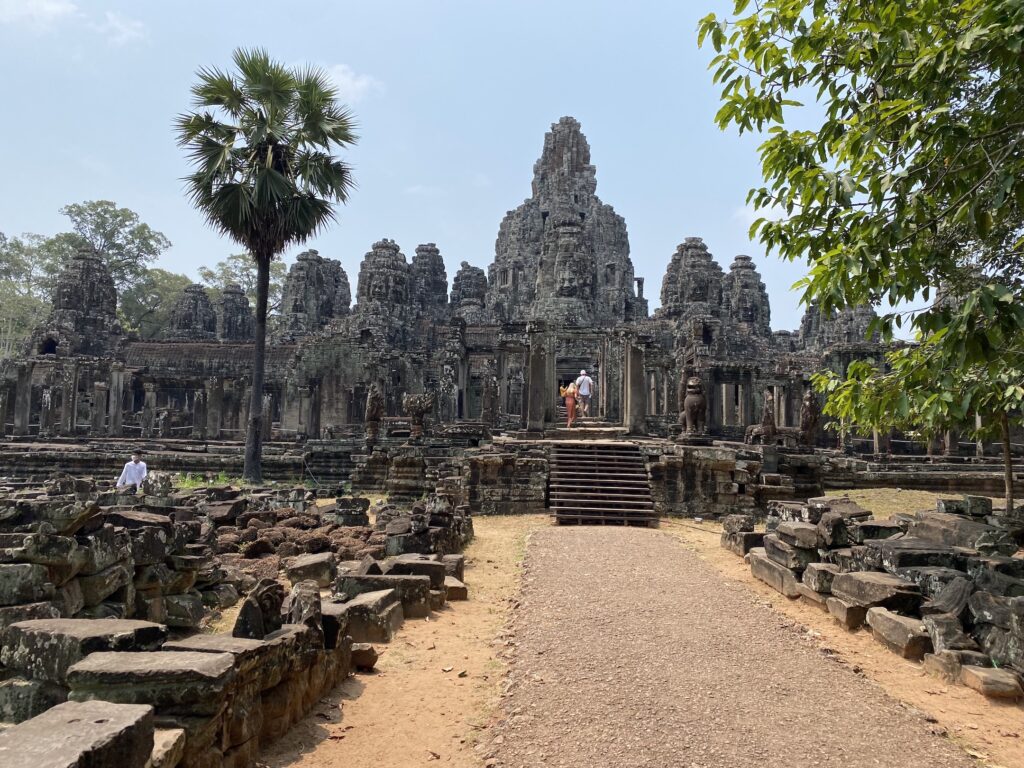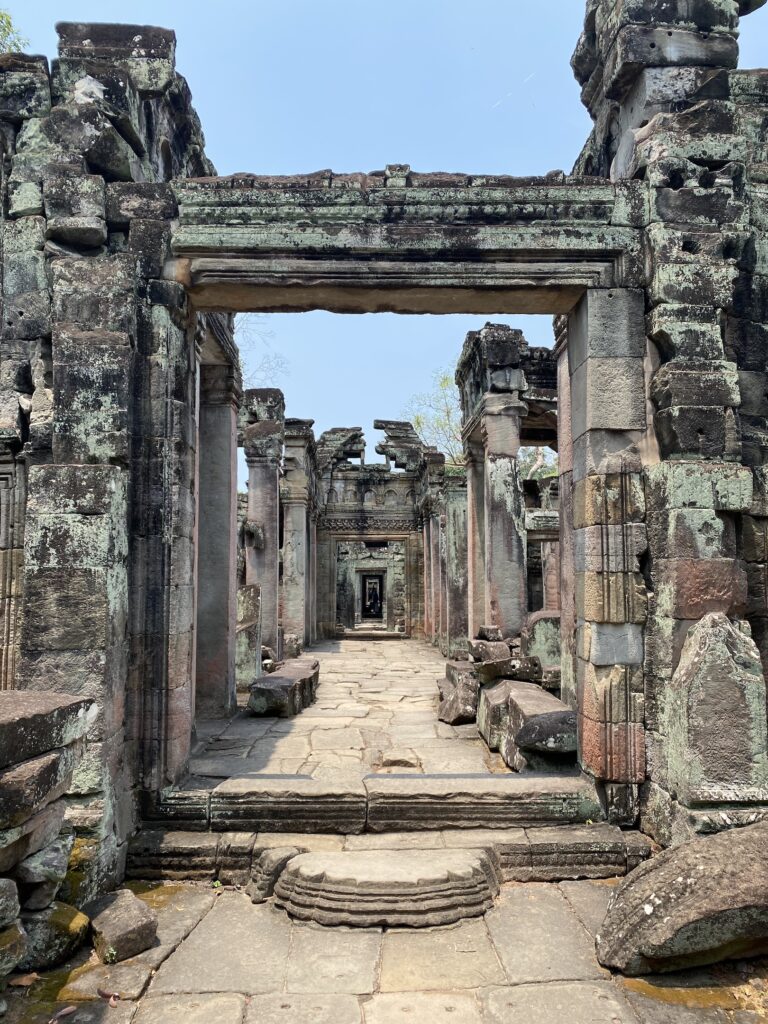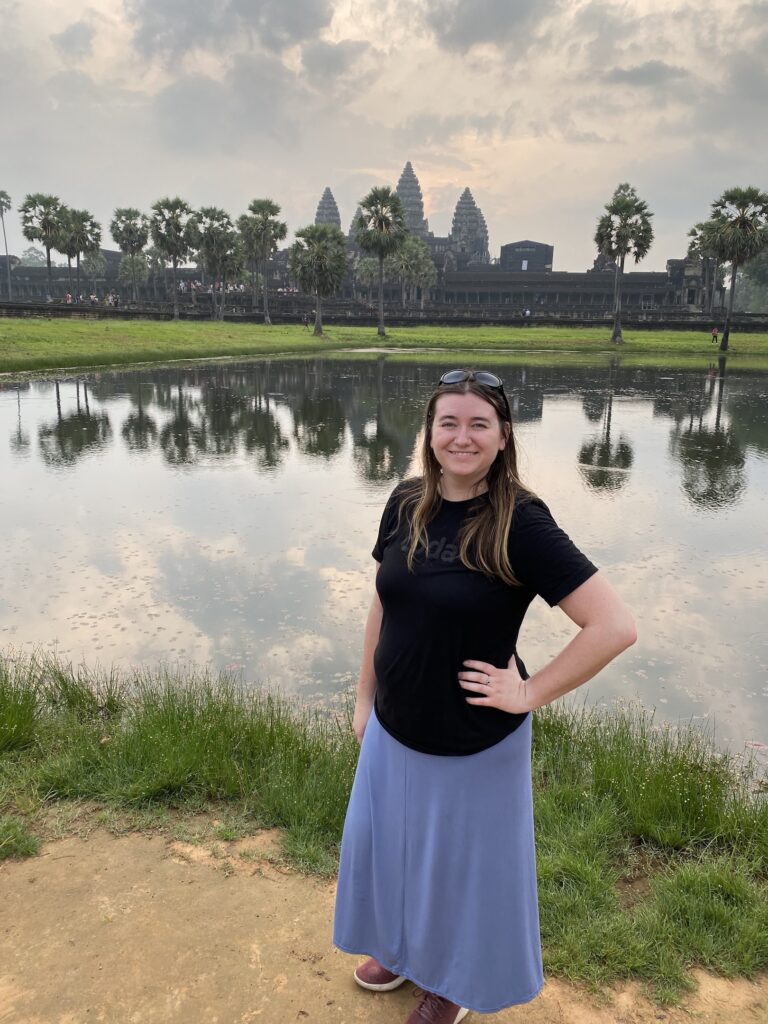Although Cambodia has no shortage of incredible ancient history, its recent history is more tragic. The primary activity that comes up in the guidebooks when you visit Phnom Penh is visiting Prison S-21 and the Choeung Ek Genocidal Center, which is located at the former Killing Fields. I am always fascinated by how countries represent their dark periods of history, and after taking a course in college about how we memorialize genocide, it was important to me to come see these sites and pay my respects.
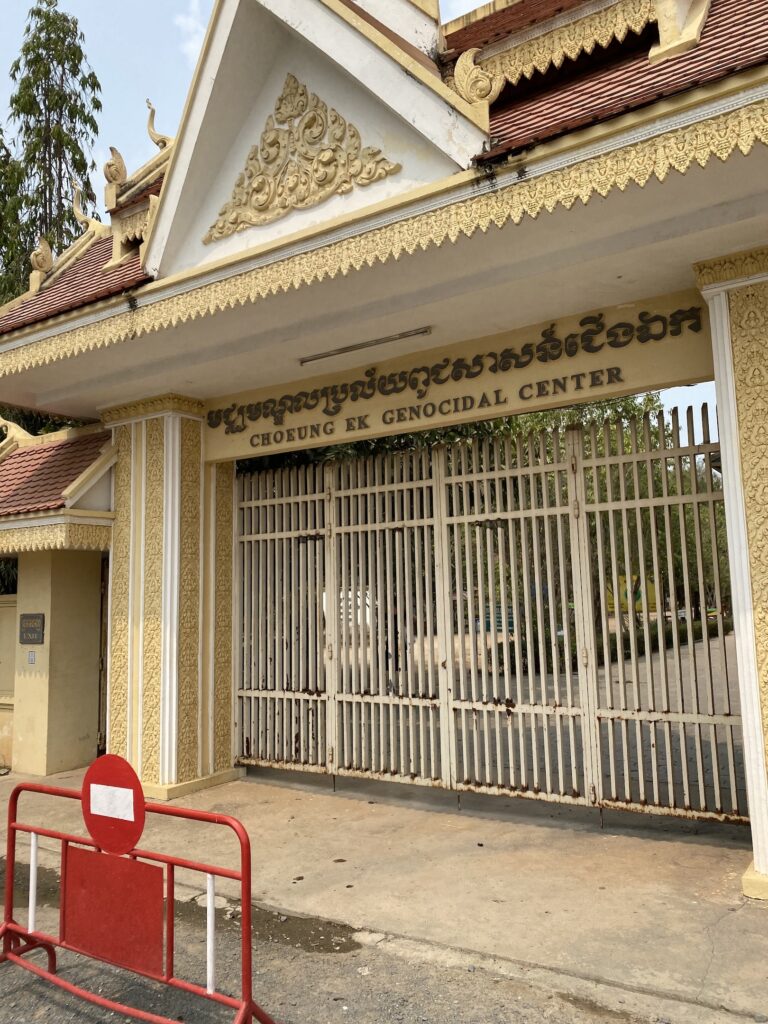
As it was explained by my guide, Cambodia tried really hard to stay neutral during the Vietnam War – they didn’t want to anger Vietnam, their neighbor, but they also weren’t excited about angering the United States either given its considerable firepower and economic dominance at that time. However, after an arms deal that helped Vietnam, the United States helped overthrow their King and installed their own government. At this point, it opened the door for Pol Pot and his fellow communist revolutionaries to gain traction. They told the people they were interested in reinstalling their royal family, which was a popular sentiment but also totally untrue.
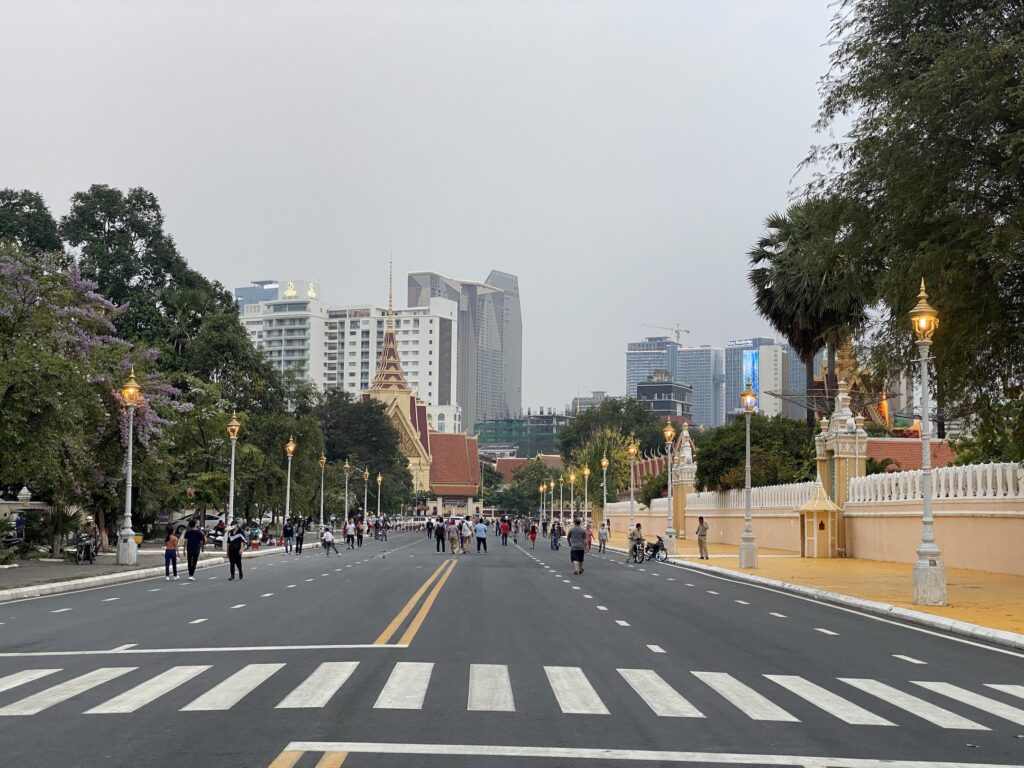
Once he came into power, Pol Pot and his administration carried out a brutal genocide, lasting from 1975 to 1979 and killing around 2 million people, about a quarter of Cambodia’s population. Even those who were not killed were often whisked from the cities and towns where they grew up to work in rural fields, and a number of those who died were killed by starvation and overwork. I knew some of the basic details. I read And First They Killed My Father, and watched the movie adaptation as well. I also watched the movie The Killing Fields. These were excellent, but I still was not prepared for the full scale of the atrocities that were described at the museums. I took a tour, which ended up being me and a couple from the UK, so our guide was able to take plenty of time with us and answer all our questions.

My tour started at the site of the Killing Fields. After watching a short film (informative but with rather dated special effects), we worked our way through a museum exhibition on the timeline of the genocide and then headed out to the Killing Fields themselves.

I’ve gone to other sites dealing with genocide – first of all, my college course about memorializing the Holocaust that took us to Auschwitz and Birkenau, and also, a number of Native American sites in the United States that focus on that history as well. But in both of those cases, I knew more of the details upfront, so while there was a sense of processing and grieving, it wasn’t necessarily learning most of the details about the genocide from scratch. Between that and how recent these events were, it was a very hard day emotionally.
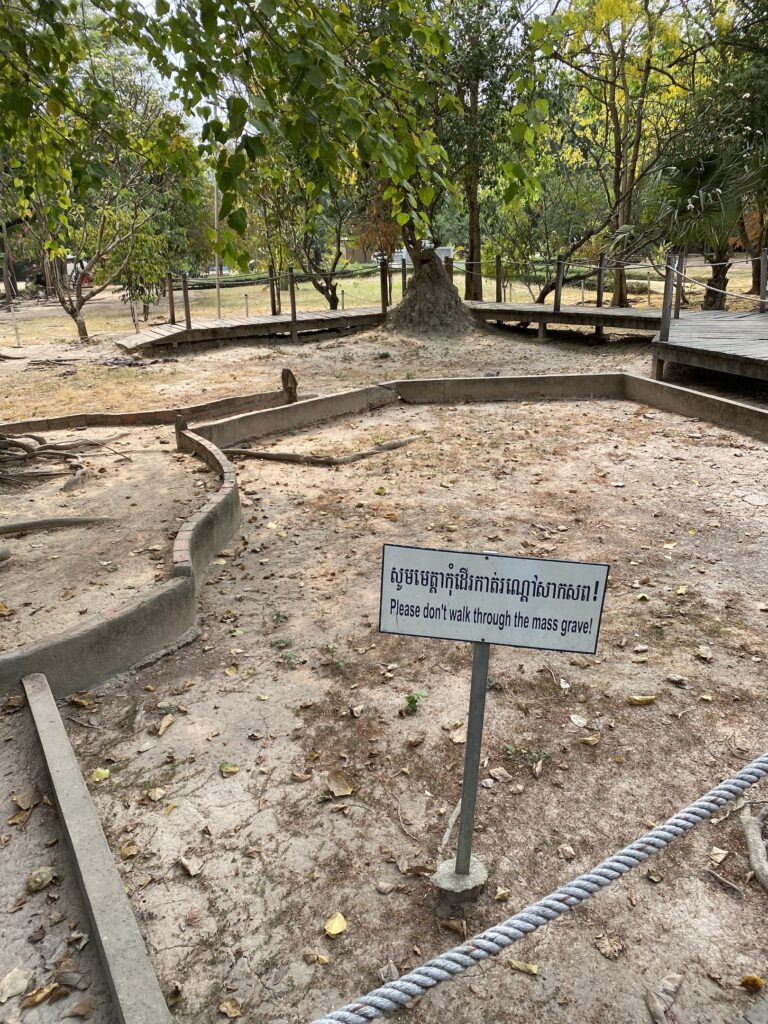
In the Killing Fields, there were still bones and victims’ clothing embedded in the ground. Our guide told us that more is revealed every year during rainy season. They had built walkways over and around the mass graves, but it was absolutely heartbreaking to learn about the number of people for whom that was their final resting place. They have a memorial with some of the bones nearby, which made the scale of death so much more real.
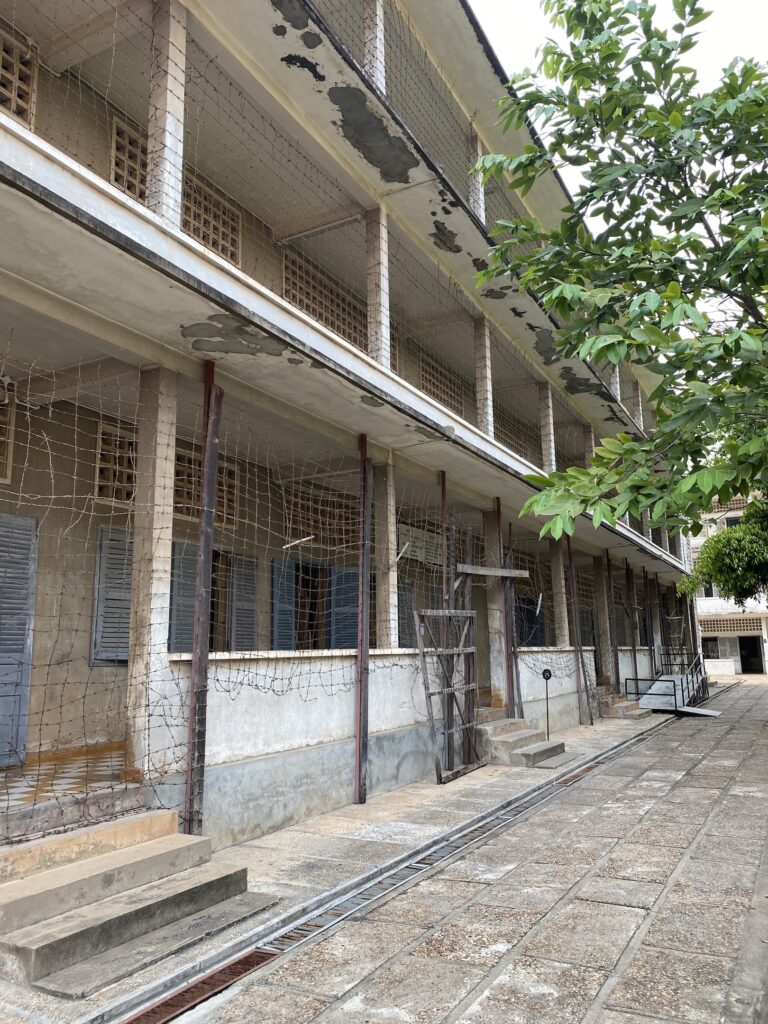
From there, we headed to the S-21 Prison site. This was closer to the city, and was where they held prisoners before taking them out to murder them in the Killing Fields. It had been a school before it was turned into a prison. We walked through where they held the victims. Some of the areas were kept as they were when people stayed there, including bloodstains on the floors and ceilings. Others had been turned into a museum exhibit. There were images of the victims, and some very graphic images of the violence that had been done here. Other sections included weapons that were used and bones of some of the victims.

Ultimately, I was so glad to have gone on the tour, but it was a hard day for sure. Luckily, the rest of my time in Phnom Penh was less emotionally exhausting! The hotel I booked was one of my favorites I’ve ever stayed in – I had upgraded to have a private pool, and it was fantastic. The hotel was called Pavilion and I would absolutely consider going back to Phnom Penh just to stay there again.
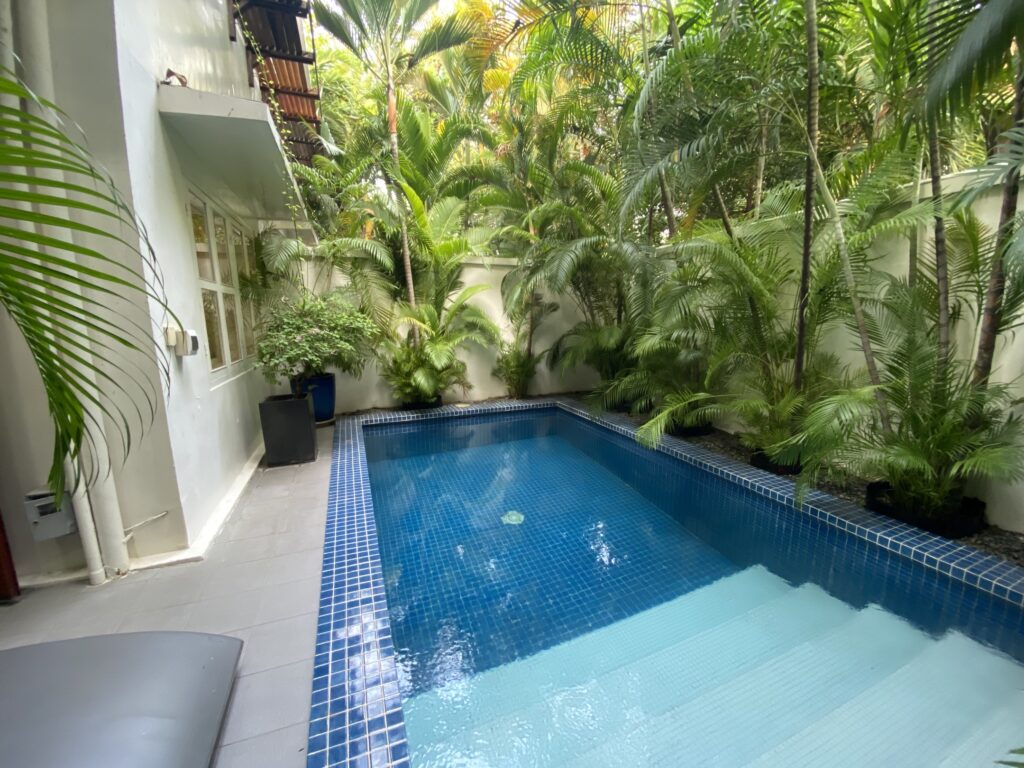
I also spent some time walking near the Royal Palace, near the Wat Botum Park and the Sisowath Riverside Park. It was so pleasant – there were families, kids rollerblading, people walking dogs. I was just struck by how Phnom Penh has managed to move on from their history and rebuild. While the scars will always remain, I’m so impressed by their resilience as a country.

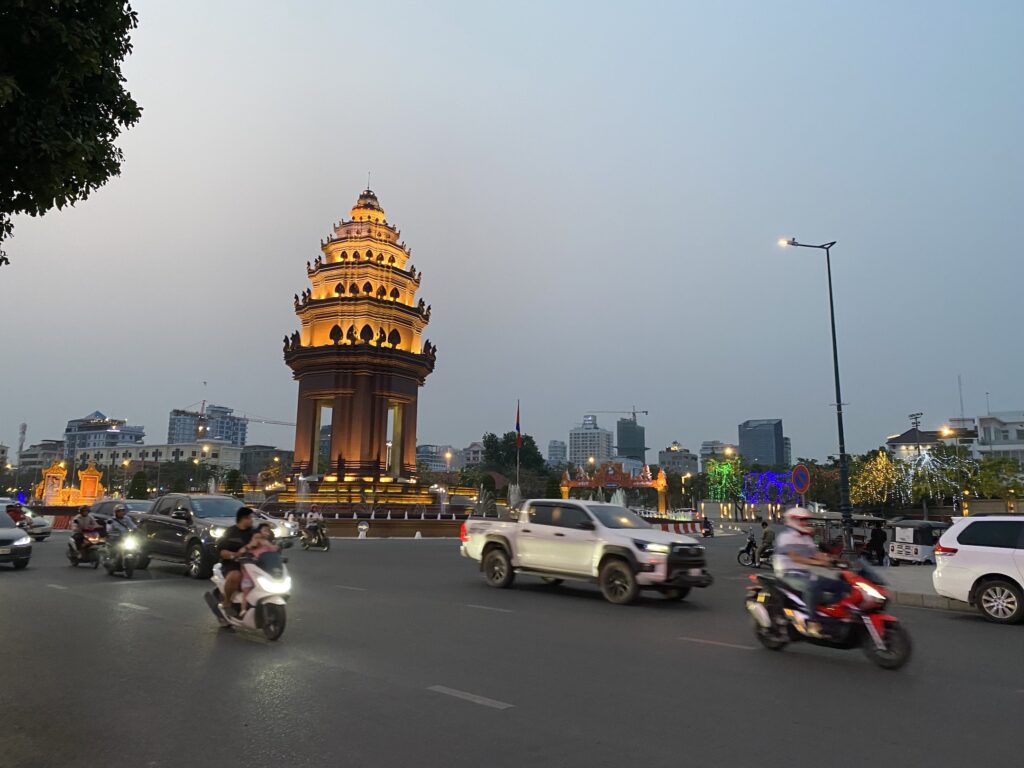
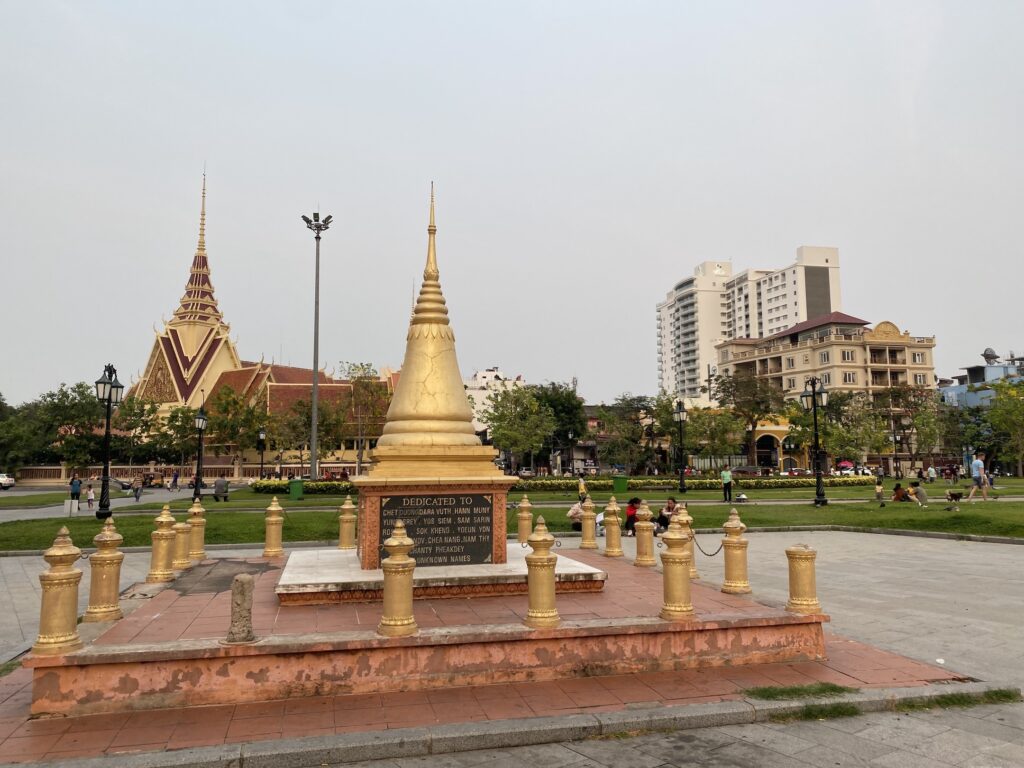
All in all, I loved Cambodia and would absolutely recommend it to anyone going to Southeast Asia. I spent six days there across Siem Reap and Phnom Penh, and definitely could have enjoyed more time in both.


